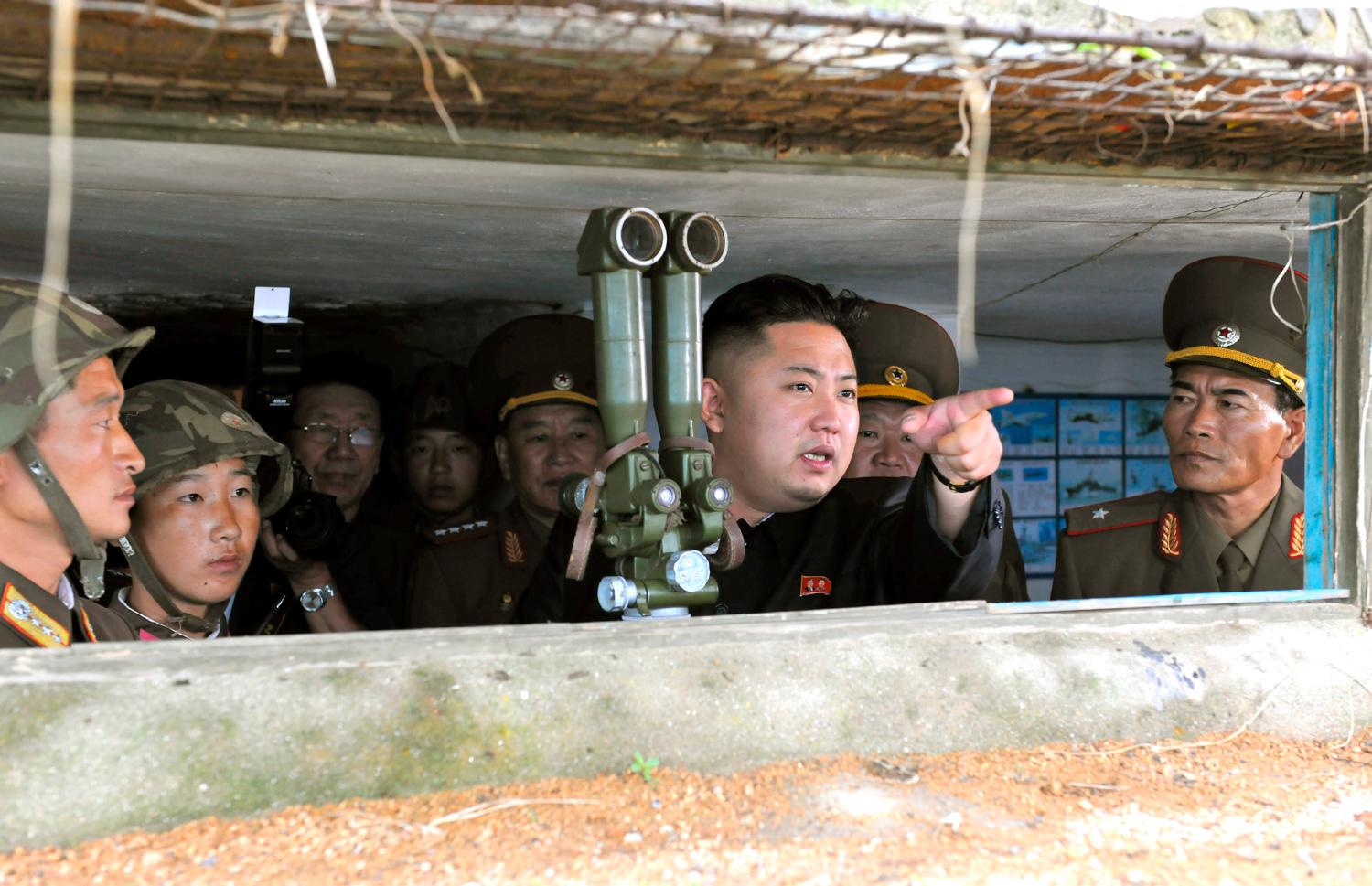EXECUTIVE SUMMARY
Only weeks into his second term, President Obama is facing the looming prospect of a nuclear-armed North Korea with a long-range ballistic missile capability. Pyongyang’s successful nuclear and missile tests serve as stark reminders that North Korea is making progress in its goal to develop a nuclear strike capability. Now, as President Obama begins to work with his newly inaugurated South Korean counterpart, the North Korean regime is making highly bellicose threats against both the United States and its South Korean ally.
North Korea tops the list of challenges facing the U.S.-Republic of Korea alliance, and it will require priority attention by Obama and Park Geun-hye, South Korea’s first female president and a strong supporter of the alliance. Before assuming office, Park had hoped to engage Pyongyang in “trust-building” diplomacy. North Korea’s latest actions have given her pause, but domestic political needs may require her to test Pyongyang’s willingness to engage. U.S. patience will be needed as President Park forms her government and develops her North Korea policy.
Washington and Seoul have coordinated very well together on North Korea, and the United States would be wise to keep ROK concerns firmly in mind as it mulls how to respond to the latest North Korean threats. An early, well-prepared U.S.-ROK summit, together with a “2+2” defense and foreign ministers’ meeting, will help ensure that the two presidents are on the same page, that the alliance is ready for any contingency, and that Pyongyang does not misinterpret planned changes to our military command structure as a lack of readiness. A U.S.-ROK summit should also issue a strong restatement of our commitment to defend the ROK, including by the provision of extended nuclear deterrence, which commits the United States’ nuclear arsenal to the defense of our ally.
The U.S.-ROK alliance is stronger than ever and well placed to deal with other challenges, as well, including a rising China, a changing regional power environment, historical and territorial legacy issues, deterioration in ROK-Japan relations, and the need to modernize the alliance. U.S.-ROK strategic dialogue should explore in depth the implications of China’s rise and discuss how to increase support in Beijing for a reunified Korean Peninsula. The United States should encourage new leaders in Seoul and Tokyo to put pragmatism and common interest ahead of other concerns and rebuild bilateral cooperation.
As for North Korea, Pyongyang claims denuclearization is off the table and is seeking international acceptance of its status as a nuclear weapons state, something we must not do. Past attempts to end the North’s nuclear program have failed and there may now be no prospect for putting the nuclear genie back in bottle. A new approach is needed to deal with the current impasse, particularly in light of the credible nuclear threat that the DPRK will pose in the near future.
A new situation requires a new negotiating paradigm: We need to talk with those who actually make the decisions in Pyongyang. Only if we engage the North Korean leadership can we lay out a stark choice for them and determine whether denuclearization is dead. This new approach might not succeed, but the current approach will fail.
A prominent U.S. presidential envoy should meet with the North Korean leadership’s inner circle. On behalf of the U.S. President, the envoy should deliver a message that conveys U.S. determination to defend itself and its allies and warns we will act if the North uses or proliferates nuclear weapons or materials. The envoy should also say we are prepared to resolve the nuclear and missile issues in the framework of a comprehensive package that would fundamentally change the nature of U.S.-North Korea ties. We should sharpen both incentives and disincentives for Pyongyang and make its choices as clear as possible. The wrong choice by the DPRK will strengthen support for stronger action by the United States, particularly with China and Russia, which place some of the blame for the current impasse on Washington.
Simultaneously, the United States and its ROK and other allies should actively prepare for the time when we will face a nuclear-armed North Korea with an ICBM capability. We should greatly raise the cost to North Korea of its pursuit of nuclear weapons and missiles. The North’s banking system, including its links to the international financial system, offers a target of opportunity that could begin to undermine the regime’s confidence in its ability to survive.
A more vigorous approach should include much stricter sanctions implementation, including the possibility of stopping suspect DPRK vessels on the high seas; additional steps to isolate the North politically; enhanced deployment of missile defense systems around the Korean Peninsula, including in Japan and at sea; the introduction of more advanced air and naval assets into the Northeast Asia region; more frequent military exercises; and covert measures to affect the North’s WMD programs.
The above approach carries risks, including for our ROK ally, making the closest possible coordination and transparency with Seoul more important than ever. The U.S.-ROK alliance today rests on a solid foundation of trust, cooperation, and shared principles. That foundation will serve the two countries well as they deal with the new challenges that lie before them.




